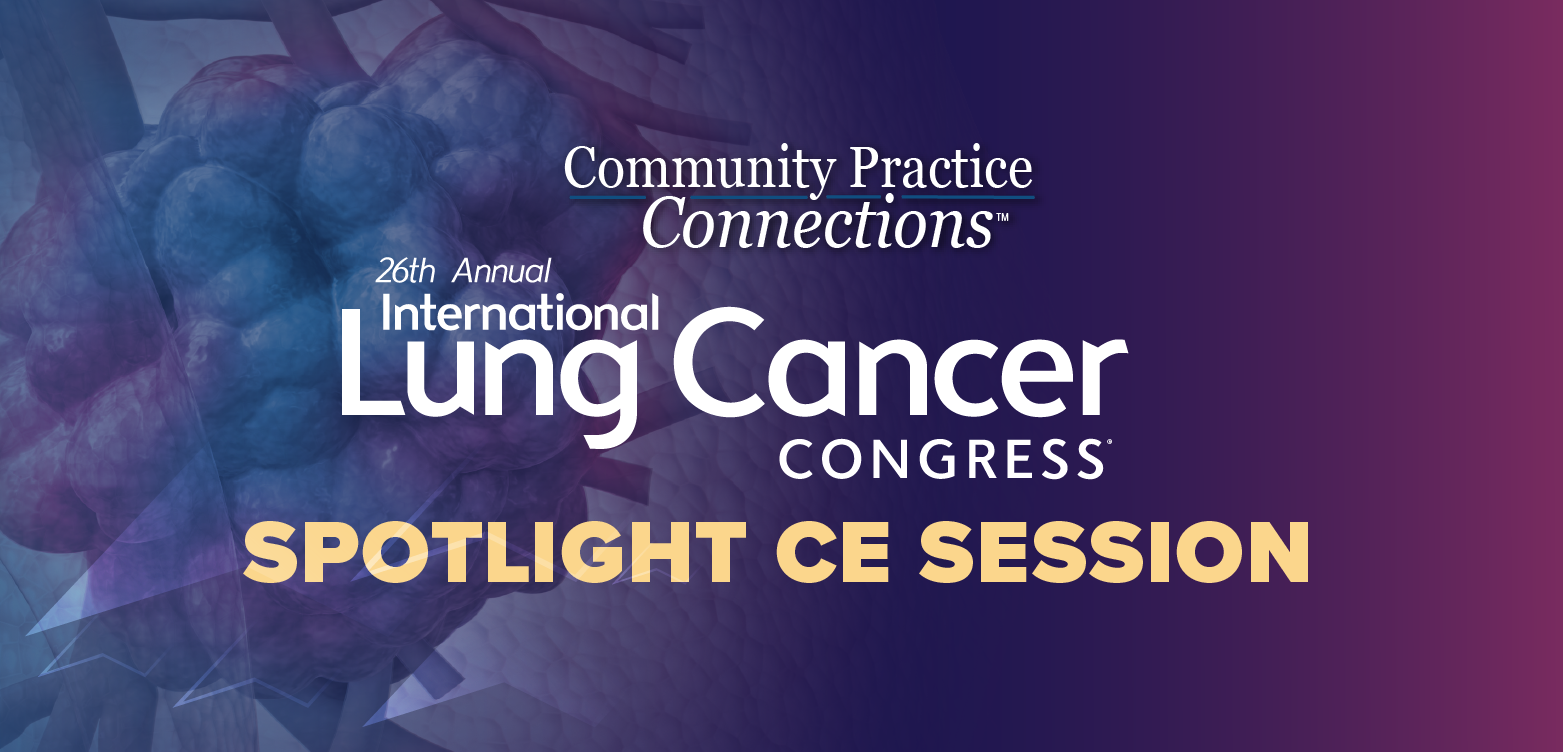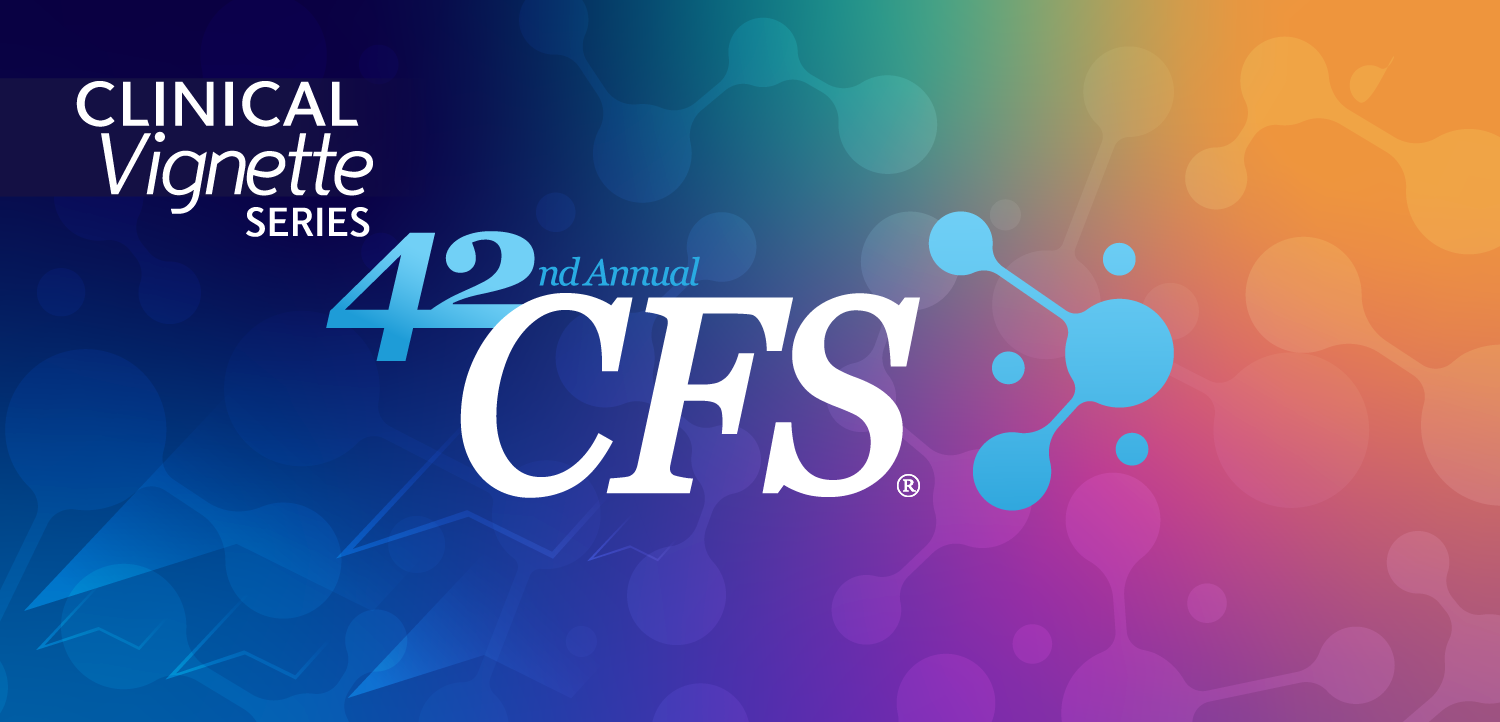
Integrated Health System Specialty Pharmacists Drive High Adherence in CLL/SLL Patients Taking Oral Therapies, Study Finds
The study included 145 patients who were prescribed Calquence, Imbruvica, or Venclexta to treat CLL or SLL and filled the medications through the IHSSP at Vanderbilt University Medical Center.
Where chemoimmunotherapy was once the standard of care, targeted oral oncolytic therapy is now recommended as first-line therapy for patients with chronic lymphocytic leukemia (CLL) or small lymphocytic leukemia (SLL). Both are blood malignancies with similar characteristics and, thus, are treated similarly.
Oral oncolytic therapies, including the Bruton kinase inhibitors Calquence (acalabrutinib) and Imbruvica (ibrutinib) and the B-cell lymphoma-2 inhibitor Venclexta (venetoclax), have demonstrated efficacy in treating CLL and SLL while offering the convenience of oral dosing over intravenous infusions. However, their side effect profiles call for close monitoring to help patients minimize and manage adverse events. Pharmacists in integrated health system specialty pharmacies (IHSSP) are particularly well-situated to fill this role.
In a study published in the March 2025 issue of the
The study included 145 patients who were prescribed Calquence, Imbruvica, or Venclexta to treat CLL or SLL and filled the medications through the IHSSP at Vanderbilt University Medical Center. Wyatt and his colleagues collected data from the institution’s electronic health records, the pharmacy’s management system, and pharmacy dispensing software from January 2019 through June 2022. Patients were followed through December 2022, each with at least six months of follow-up.
The primary outcomes included adherence, persistence, discontinuation of therapy, and switching of treatment. Adherence was defined as the proportion of days covered, as calculated by the number of days between the first and last fills with medication available. Persistence was defined as having less than a 30-day gap in treatment.
The study found a high adherence rate among patients with CLL or SLL, with a median proportion of days covered of 0.98. A total of 37% of patients were nonpersistent, with disease progression and adverse effects being the top two reasons for non-persistence. A total of 37% of patients discontinued treatment, and 17% switched therapies. Adverse effects and disease progression were the most common reasons for discontinuation and switching therapies.
When analyzing pharmacist interventions, the researchers found that almost half the patients (43%) had at least one pharmacist intervention. These included reviewing and updating the patient’s chart and counseling the patient. Outcomes resulting from these interventions included issues resolved, follow-up care scheduled, medication administration paused, dose adjustment made, or medication discontinued.
A key strength found in the study is its finding that patients had high medication adherence despite frequent treatment changes due to side effects. The study also shows how pharmacists, working closely with healthcare providers through the electronic health record, help manage side effects and improve patient care. In addition, it provides real-world data on how patients tolerate these medications, showing higher discontinuation rates than clinical trials.
However, the study has some limitations. It was conducted at only one site with a small number of patients, making it difficult to apply the findings broadly. It also does not compare IHSSPs to traditional specialty pharmacies, so it’s unclear how much added benefit IHSSPs provide. Lastly, the study did not track pharmacists’ duration spent on interventions or include newer treatment options.
The authors concluded that the high adherence rate demonstrated by patients with CLL or SLL receiving targeted oral oncolytic therapy despite commonly reporting adverse effects, coupled with the high percentage of specialty pharmacist interventions, highlights the “need for a high level of monitoring for patients receiving oral therapy for CLL/small lymphocytic leukemia, such as that provided in an integrated health system specialty pharmacy, to achieve benefits of treatment."
Newsletter
Get the latest industry news, event updates, and more from Managed healthcare Executive.





















































